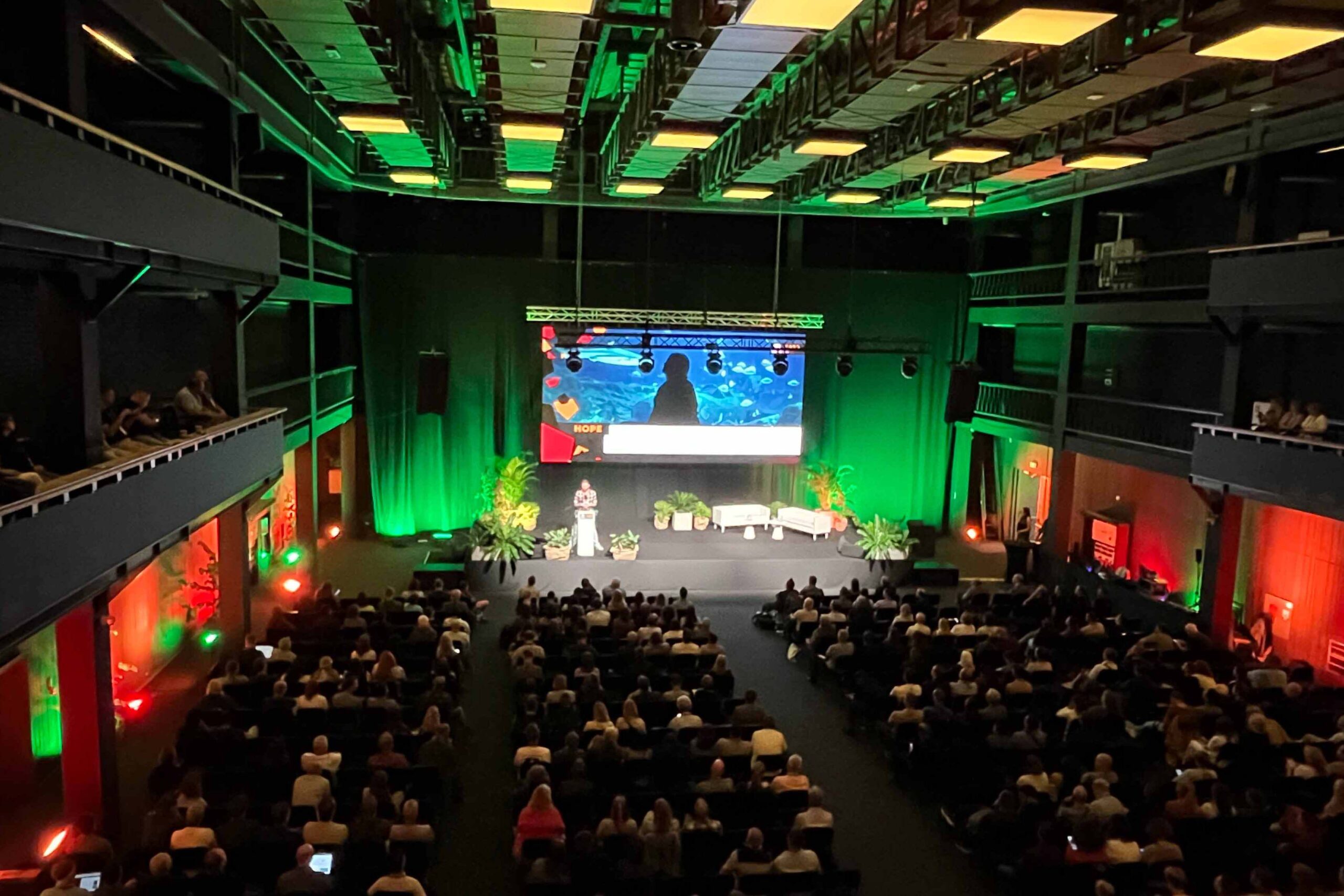
Once a year, Europe’s zoo community meets at the EAZA conference for five days of intensive exchange. More than 1,000 people made the journey to Łódź, Poland, this year to discuss the status of their conservation breeding programmes, exchange ideas on new developments in zoo design and share their activities in local species conservation projects. Citizen Conservation was represented by Managing Director Björn Encke and Curator Johannes Penner. This year, they did not give any presentations of their own, but instead held numerous meetings between and after the conference blocks, which were packed tightly together in several parallel sessions from morning to evening.
Informal advisory board meeting
This marathon session was interrupted by an afternoon and evening at the completely renovated Łódź Zoo. Side events like this are always welcome – it is quite an experience to spend hours strolling through a zoo and meeting different colleagues from zoos in Europe and around the world at each enclosure. And because a number of CC advisory board members were also present at the conference, there was even a spontaneous informal meeting for a drink and a photo before everyone dispersed into the crowd again.
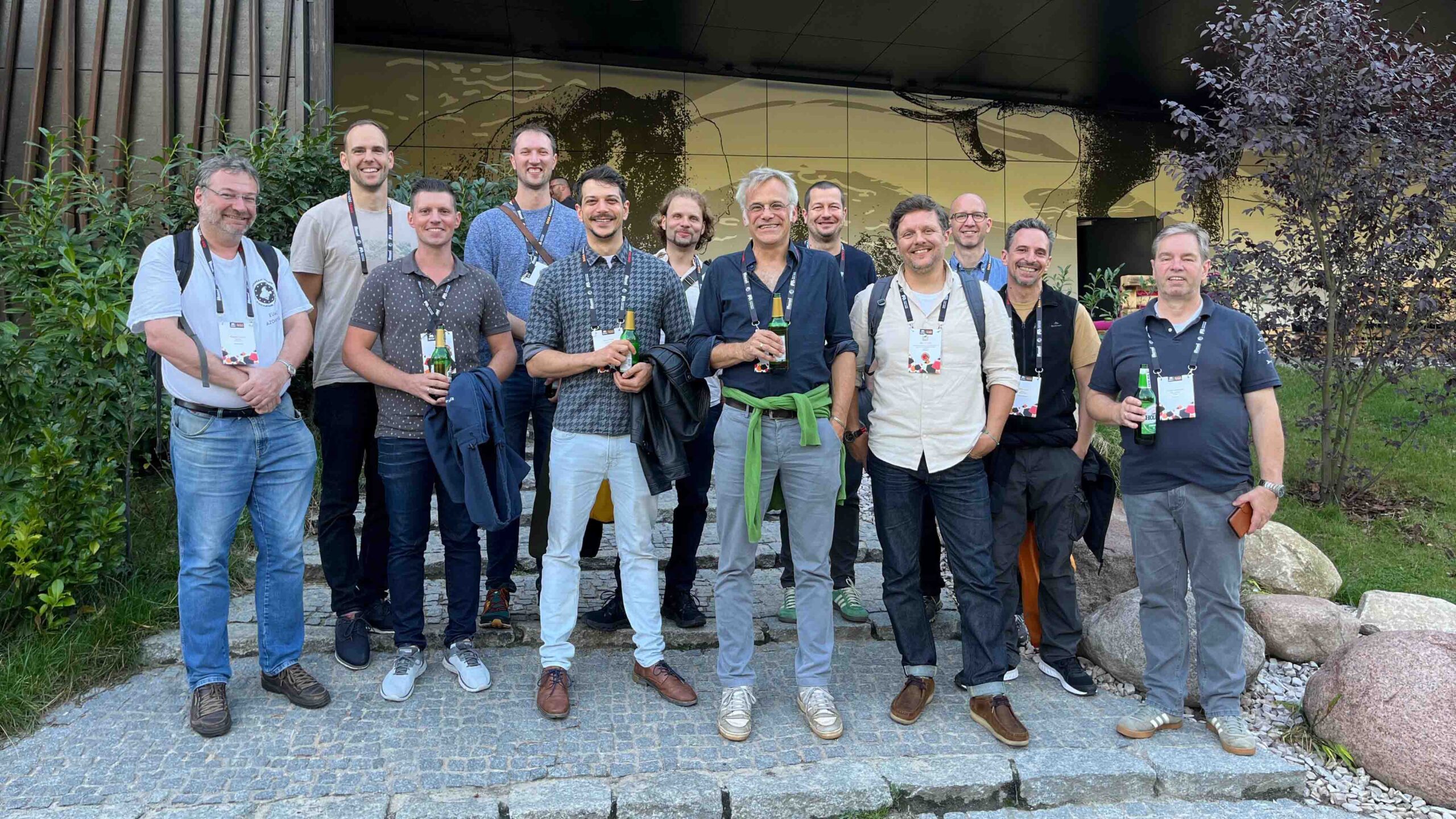
The conference also provided time for an informal advisory board meeting. From left to right, our colleagues: Fabian Schmidt, Markus Klamt, Kevin Rüffer, Ariel Jacken, Lukas Reese, Tobias Kohl, Björn Encke, Holger Kraus, Arne Schulze, Johannes Penner, Matt Goetz, and Stefan Inselmann.
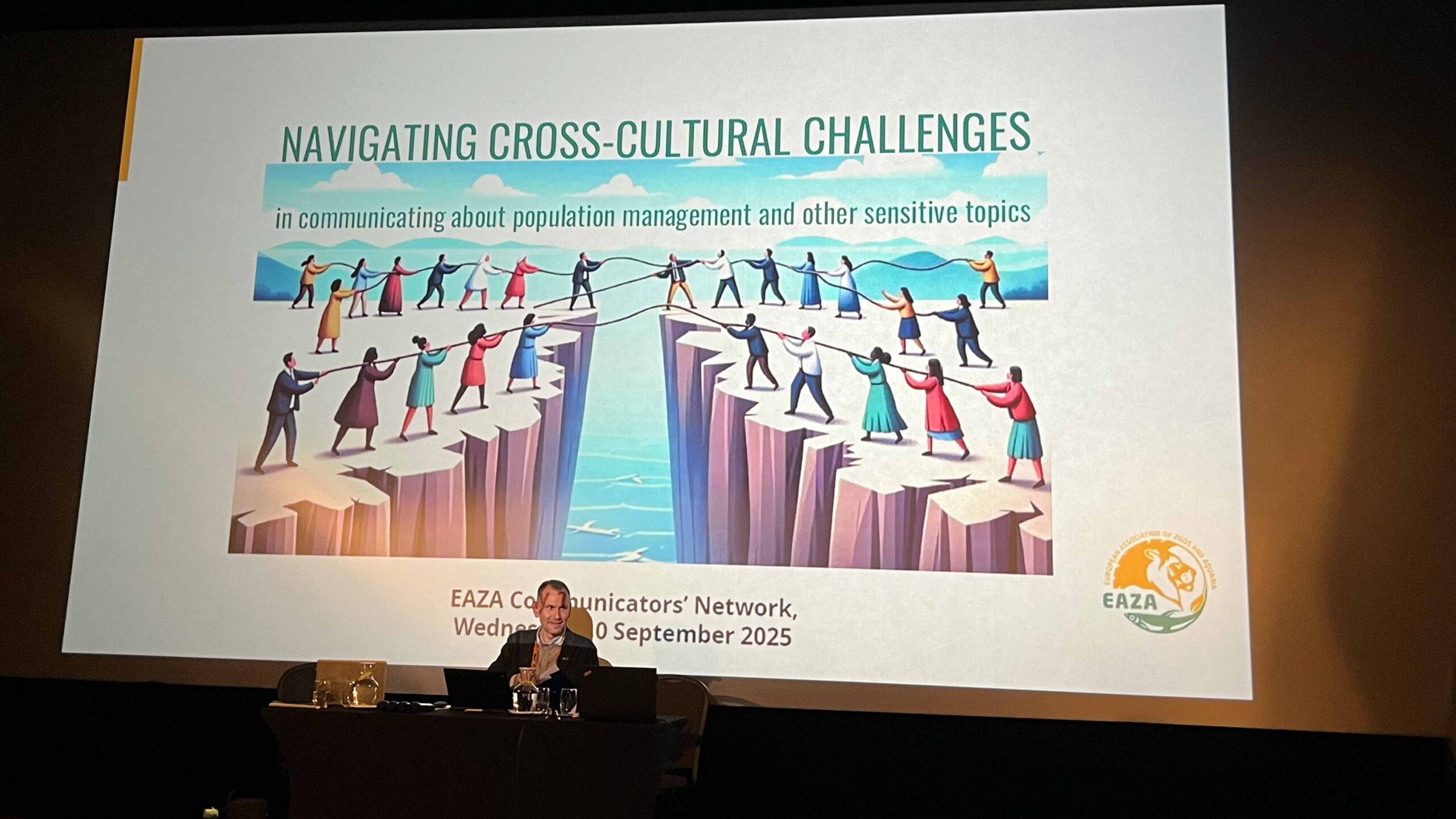
The slide says it all: Navigating Cross-Cultural Challenges. And Tomasz Rusek from the EAZA office in Amsterdam is a gifted steersman when it comes to navigating the obstacles of cultural diversity in Europe.
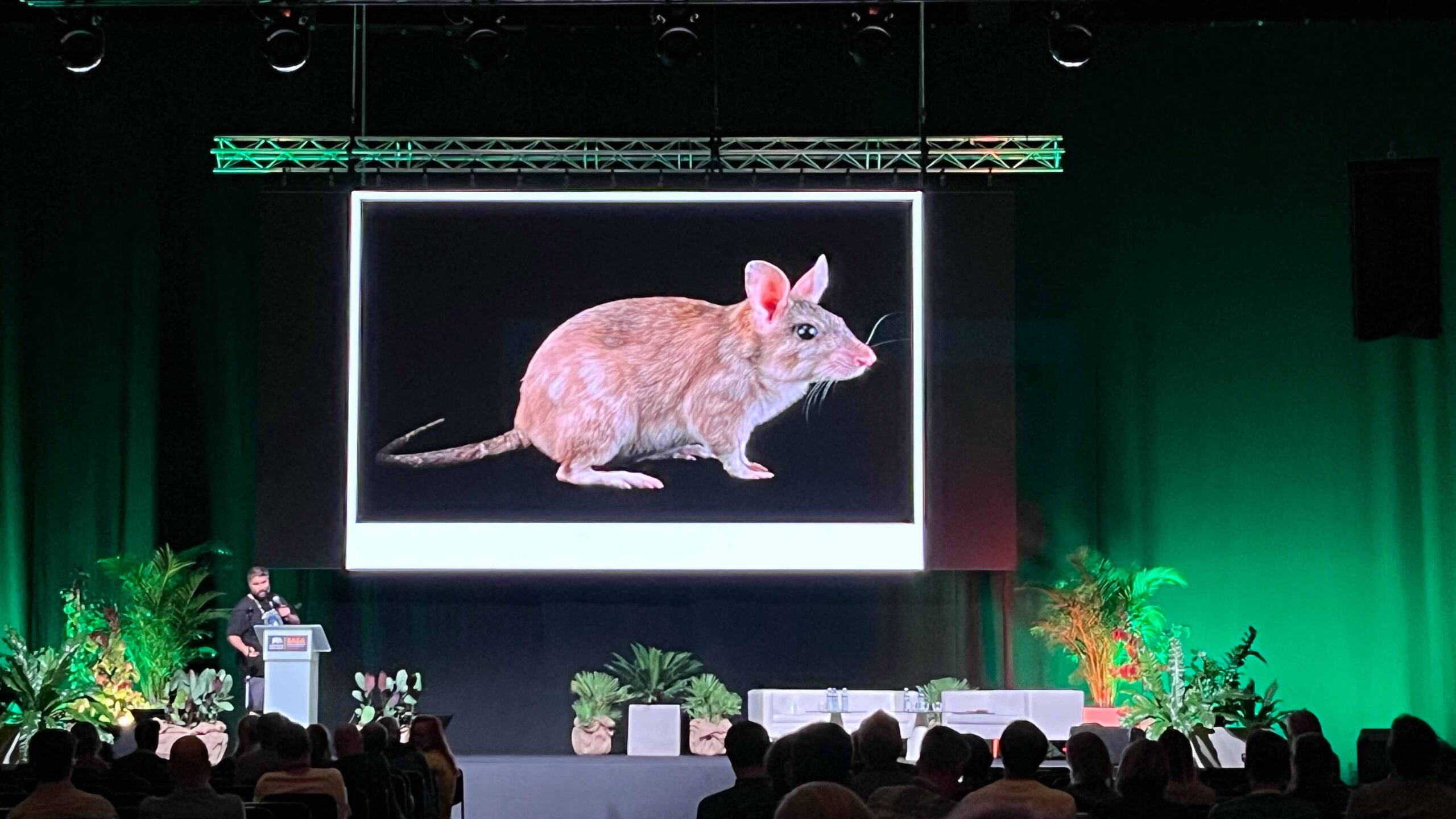
Small mammals are also a major issue. Participants are being sought for conservation breeding programmes for many species, and CC could also contribute significant capacity in this area.
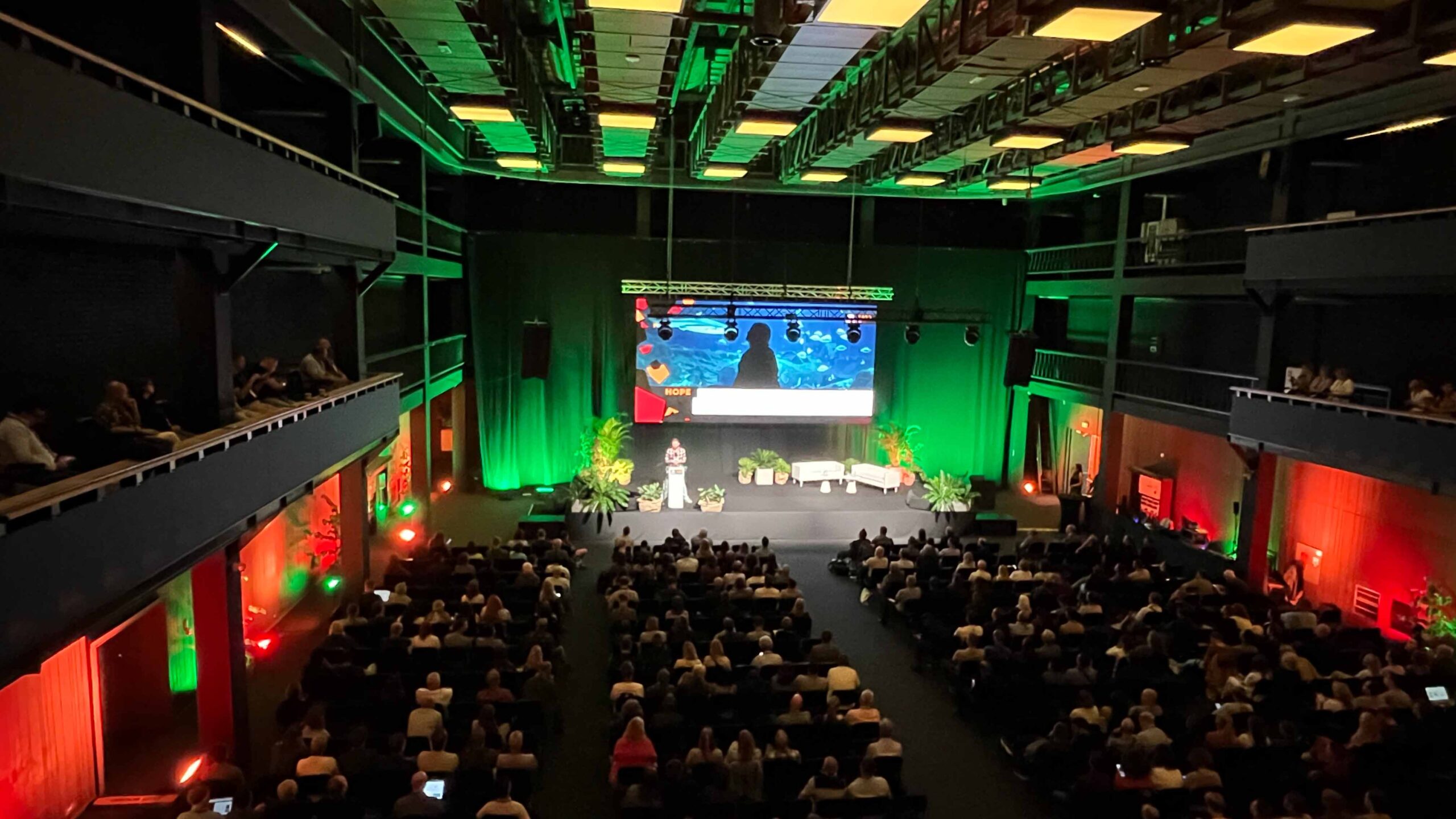
Participants gather in the large conference room for the central plenary sessions.
Working together despite the controversy
The exchange of information is one thing: which species are urgently needed, where are specific problems and solutions for one species or another, how is the political situation developing in the EU and in individual countries and regions, and what challenges does this pose for species conservation, research or communication on specific topics? Examples such as the public debate on the necessity and limits of population management show very clearly how great the differences within Europe are and how irreplaceable direct personal exchange is. While the prevailing opinion in Northern and Central Europe tends to be that it is necessary to control animal populations, whether in human care or in the wild, and that this may also require the killing of animals, this idea meets with little understanding among many people in other parts of Europe. This example illustrates how difficult it is to arrive at a common, scientifically sound strategy and voice in a diverse world. Furthermore, with such sensitive issues, even the smallest inaccuracies in translation can lead to unexpected misunderstandings and unrest. This makes it all the more reassuring – especially with regard to the USA – that discussions on such sensitive topics can still be conducted respectfully in Europe. As long as we can argue in a friendly way over a drink about the right way forward, the world is not yet lost. And unfortunately, that is pretty good news these days.